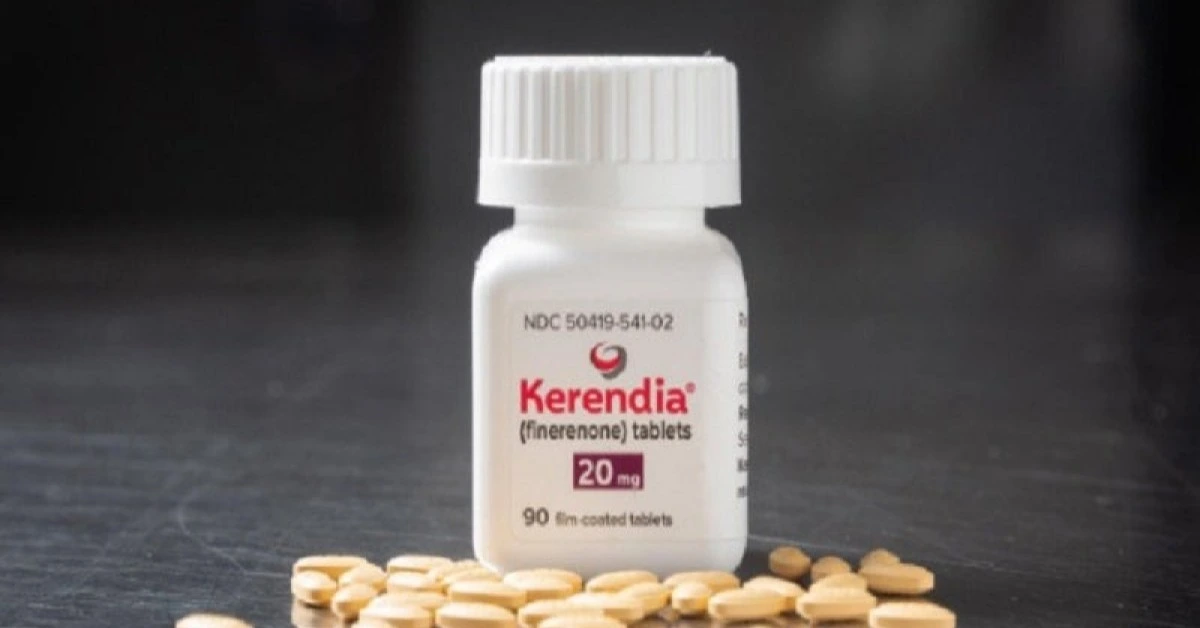
GERMANY – Bayer has submitted its drug finerenone for approval in the European Union as a treatment for heart failure in patients with mildly reduced or preserved left ventricular ejection fraction (HFmrEF or HFpEF).
This marks a key milestone in Bayer’s 2025 pipeline goals. The company had previously filed for approval of the same use in the United States and China.
The submission is backed by promising results from the FINEARTS-HF trial, which involved 6,000 participants with a left ventricular ejection fraction (LVEF) of 40% or higher.
This group represents about half of the 15 million people in the EU and 60 million globally living with heart failure.
The trial showed that finerenone, marketed as Kerendia in many regions, reduced the risk of cardiovascular death and hospitalizations or urgent visits for heart failure by 16% compared to placebo over a median follow-up of 32 months.
Christine Roth, Bayer’s head of global product strategy and commercialization, highlighted the unmet need for effective treatments in this patient population.
“Treating heart failure with an LVEF of 40% or greater poses unique challenges, leaving patients with few effective therapeutic options,” she said.
Roth added, “If approved, finerenone has the potential to become a new pillar in addressing this common form of heart failure, offering hope for improved outcomes in a patient population that has long been underserved.”
Currently, finerenone is approved for managing chronic kidney disease associated with type 2 diabetes. Expanding its label to include heart failure is a major part of Bayer’s strategy to grow the drug into a blockbuster, aiming for annual sales exceeding US $3 billion.
However, competition in this space is intense, with rival therapies such as AstraZeneca’s Farxiga (dapagliflozin), Eli Lilly and Boehringer Ingelheim’s Jardiance (empagliflozin), and Novartis’ Entresto (sacubitril/valsartan) already established as treatments for HFmrEF and HFpEF.
Interestingly, 14% of the participants in the FINEARTS-HF trial were already using an SGLT2 inhibitor like Farxiga or Jardiance, suggesting potential for combining finerenone with these therapies for even better outcomes.
Bayer is exploring these combinations through additional trials, including the CONFIRMATION-HF study, which pairs Kerendia with Jardiance in patients recently discharged or hospitalized for heart failure, regardless of LVEF status.
Other ongoing studies, such as REDEFINE-HF and FINALITY-HF, aim to evaluate finerenone’s effectiveness as a monotherapy in heart failure patients with an LVEF of 40% or higher, and below 40%, respectively.
XRP HEALTHCARE L.L.C | License Number: 2312867.01 | Dubai | © Copyright 2025 | All Rights Reserved